The year is 2014. Charli XCX’s “Boom Clap” is the peak of music. The sepia filter has overtaken Instagram. Everyone and their mother is in love with Ansel Elgort, and seventh grade me can’t stop saying “swag” unironically. Most importantly, “The Hunger Games: Mockingjay, Part 1” is out. Life is good.
Did I go to my local AMC theater and watch a complex portrayal of political topics like manufacturing consent through propaganda and the martyrization of victims during wartime? Yes. Did I go straight to the mall bathroom afterwards and film myself doing the jelly bean challenge? Also, yes.
The juxtaposition remains concerning.
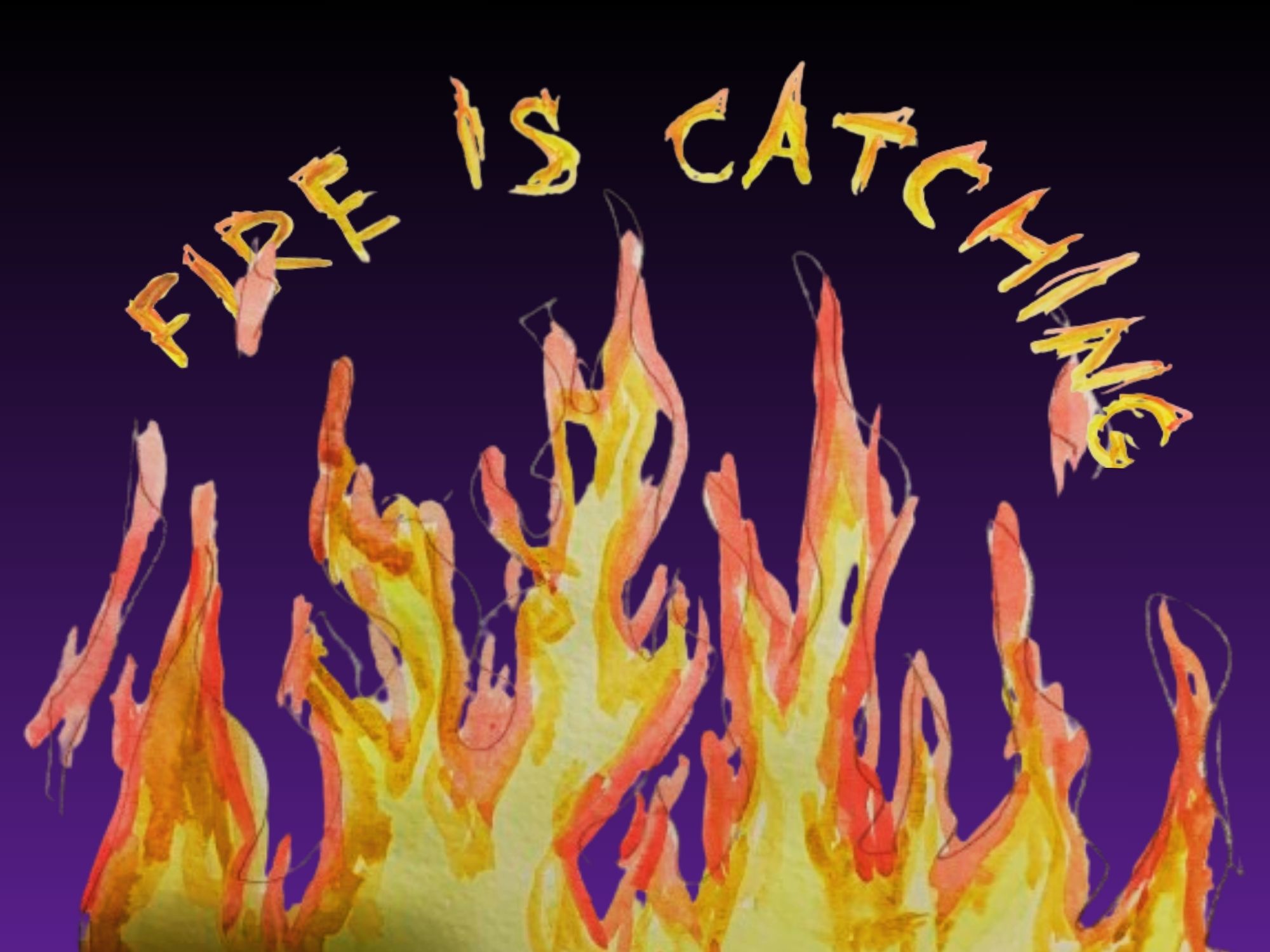
At the time, I think many of us saw these dystopian stories as distinct from our reality. The films took place in post-war or post-apocalyptic societies that were far more damaged than our own, with extremist governments that appeared senselessly cruel.
The films are typically centered around a group of young adults who were part of a specific group of citizens being targeted by an authoritarian leader under the guise of maintaining order. It would be up to them to take down these highly equipped, militarized governments with nothing more than the power of friendship.
The final boss: a middle-aged white woman in an all-white suit, probably holding a tablet with some four digit code that somehow reverses her entire plan.
However, there was one series that I believe had much more substance to its criticisms — one that was different from the rest. It’s no surprise the series that has maintained the most relevance and continued to impact popular culture over the past 10 years is Suzanne Collins’s “The Hunger Games.”
The first installment in the series introduces a dystopian future, where citizens living in the nation of Panem are segregated into 12 districts. By decree of President Snow, played by Donald Sutherland, as consequence for a failed rebellion, two members from each district are annually selected via lottery to compete in a televised competition where each tribute is forced to fight to the death.
The first scene in the film is one of my favorite movie openings of all time. It begins with television host Caesar Flickerman and gamemaker Seneca Crane sitting on a modern soundstage and discussing the annual Hunger Games. Flickerman asks Crane what defines his “personal signature” as a gamemaker, but before Crane can respond, a harrowing scream sounds out and the film moves to a wide shot of the impoverished District 12.
The opening foreshadows the film’s biggest strength — its ability to seamlessly execute political critiques in a concise and comprehensible manner, relying on visual imagery and immersive storytelling rather than overloading dialogue with obvious messaging.
In one simple transition, three of the film’s most important topics are introduced: class inequality, media exploitation and cultural desensitization to violence. We also meet our protagonist Katniss Everdeen, played by Jennifer Lawrence, whose characterization plays an integral role in separating “The Hunger Games” apart from other series of its kind.
Katniss Everdeen feels different from other dystopian protagonists because she doesn’t intentionally try to be defiant against the system. She’s not a confident and unwavering hero driven by grand ideological ends, but rather an inexperienced kid guided by her moral intuition.
It is her reckless acts of selflessness that forge her into a symbol of hope among the districts — proof that humanity could exist in the most inhospitable of places.
In “The Hunger Games: Catching Fire,” we see a new side to the growing discontent of Panem. Not only are members of impoverished districts beginning to rebel, but the tributes are also starting to speak their mind.They have realized something Katniss is only beginning to comprehend: even after the Games, they remain pawns of the Capitol.
There is no end to the ladders they must climb, only more ladders — a truth that is reflective of our own capitalist society.
In the second film, Katniss is forced to be President Snow’s political puppet, and by “The Hunger Games: Mockingjay Part 1,” she has become President Coin’s.
The third installment dives further into its political criticism by exploring a nuanced perspective on the complexities of war — demonstrating how both sides, regardless of their intent, create and utilize propaganda to manipulate citizens.
The video clips President Coin has Katniss make to rally Panem bear an uncanny resemblance to the real wartime propaganda we’ve seen on our own television screens. In fact, author Suzanne Collins stated she got the idea for “The Hunger Games” while flipping between reality TV shows and Iraq war footage.
President Coin, played by Julianne Moore, is originally presented as President Snow’s opposition, representing the grievances of the oppressed and leading the revolution against the Capitol. However, by “The Hunger Games: Mockingjay Part Two,” we see her true intentions.
As the dust begins to settle, Katniss realizes Coin’s entire plan was to watch the districts and the Capitol fight amongst themselves whilst she filled the power vacuum left behind — a tactic used by the most infamous dictators in history.
Katniss’ character arc finally comes to completion when she reclaims her agency and acts upon her own intuition to execute President Coin, ending the cycle of abuse and creating a free Panem.
“The Hunger Games” is a brilliant book and film series that is consistently tainted by the negative perceptions of its genre. In actuality, the messages and themes they depict are ones which we can learn a great deal and heed warning from, as our future grows increasingly similar to Panem’s reality.


























































































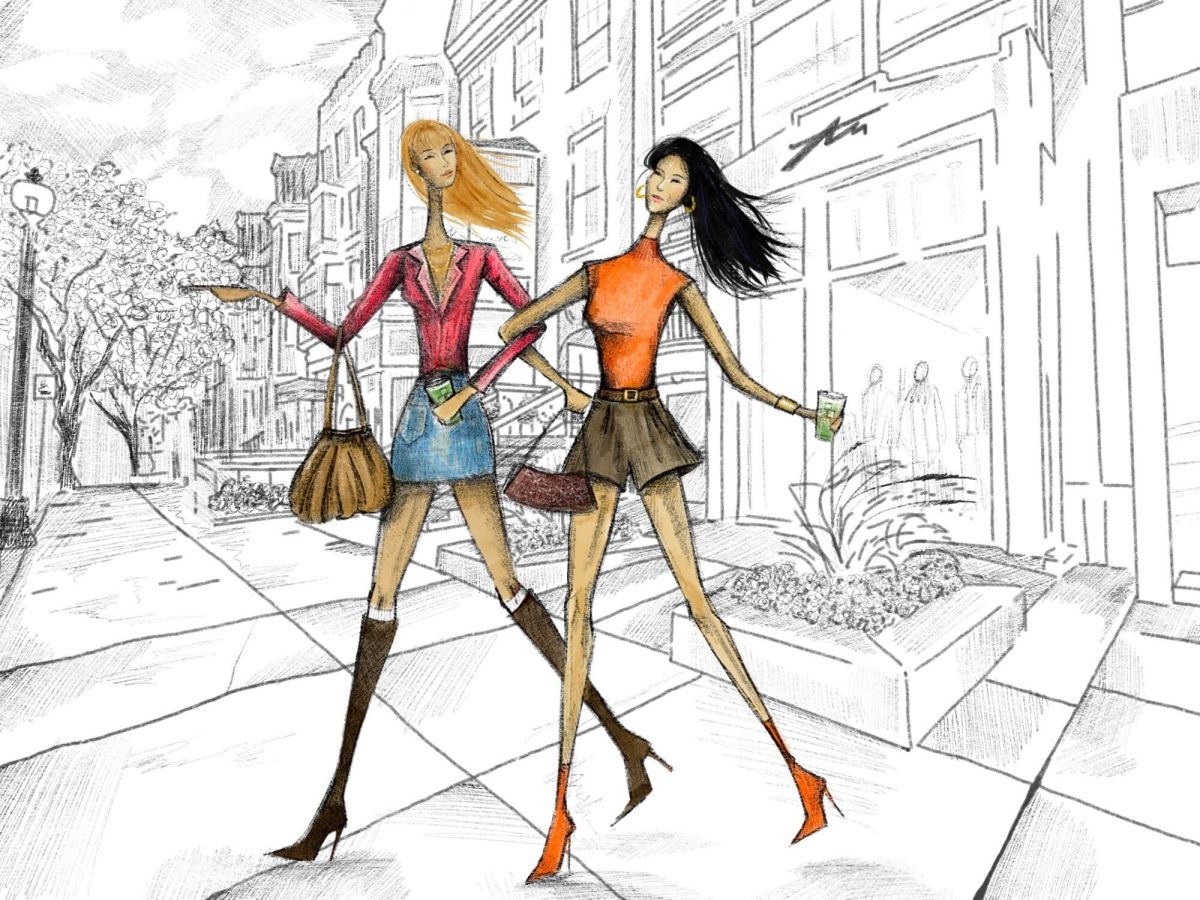
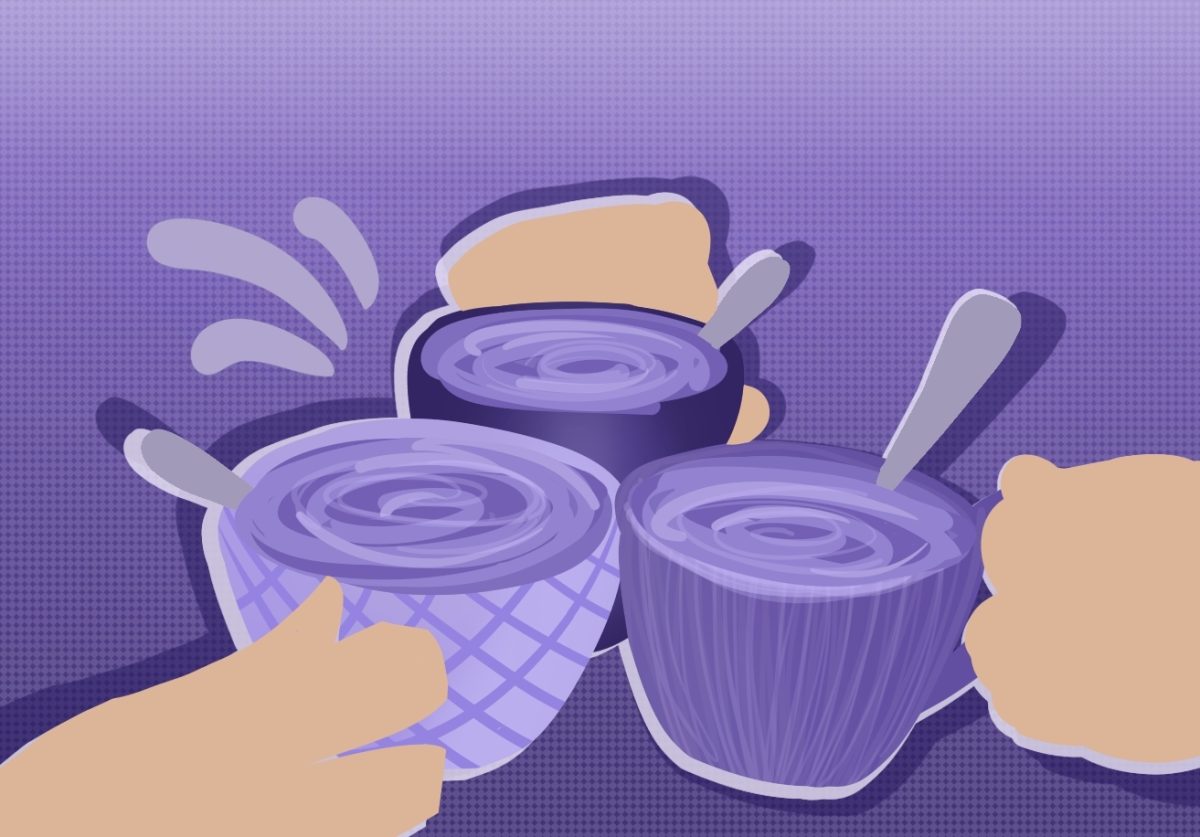
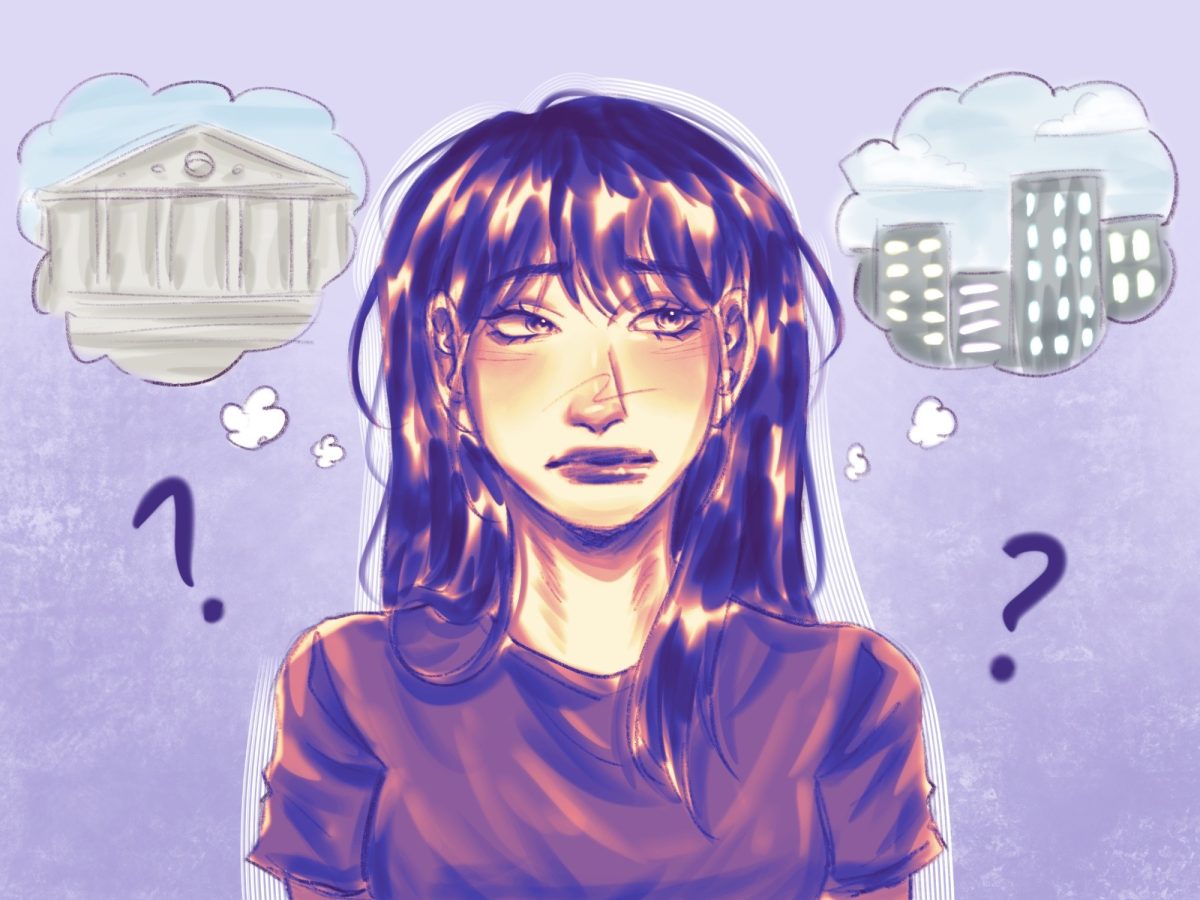
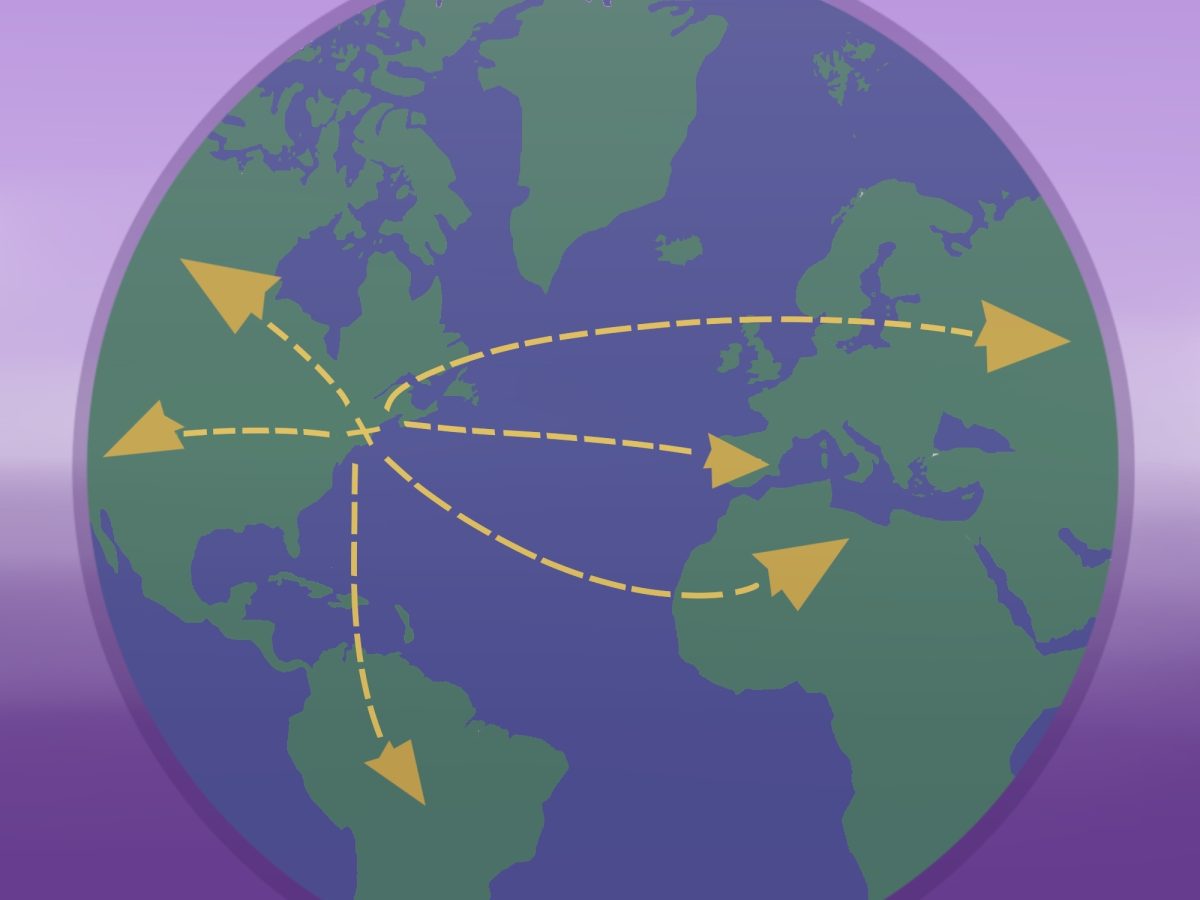






















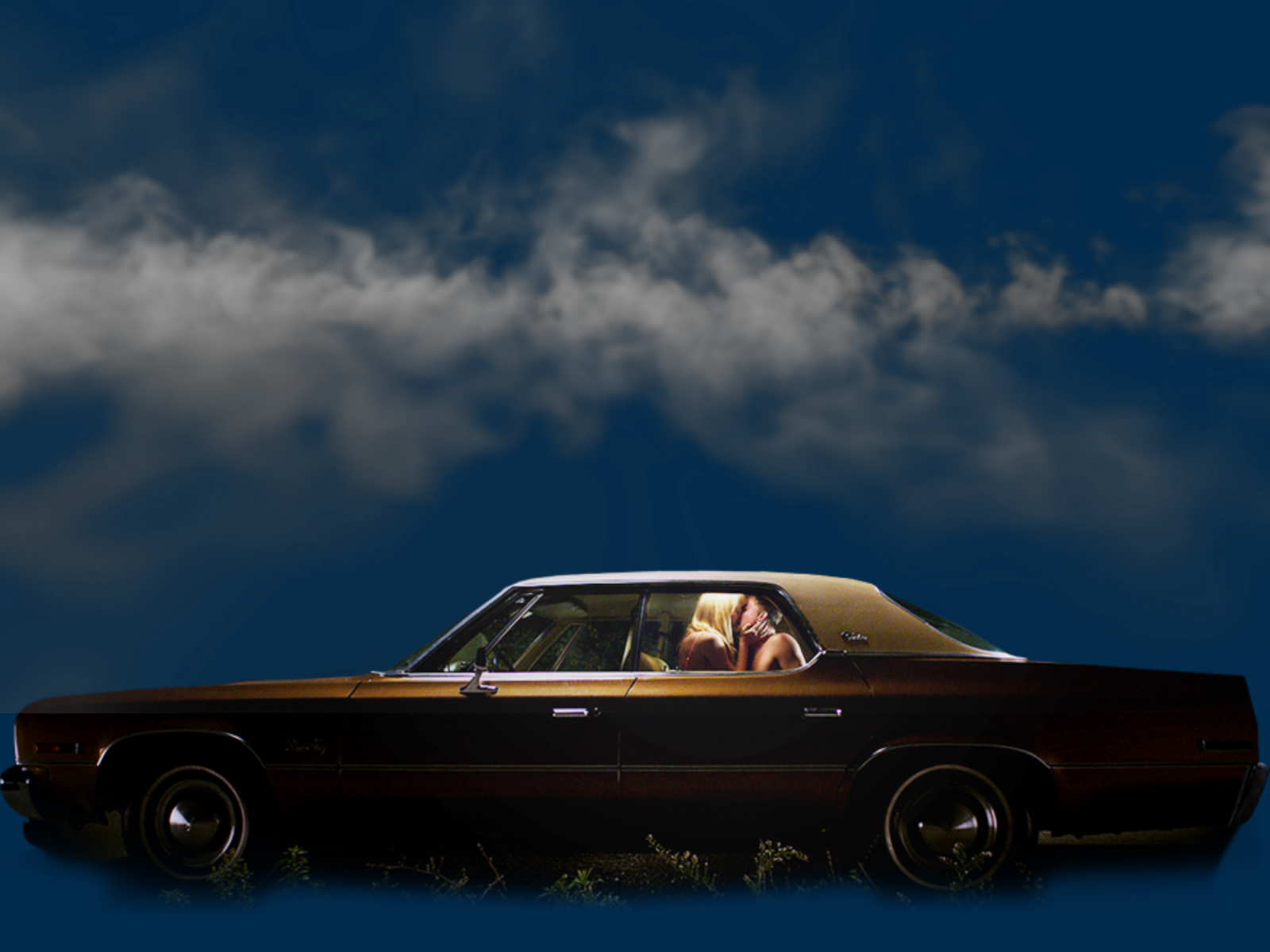
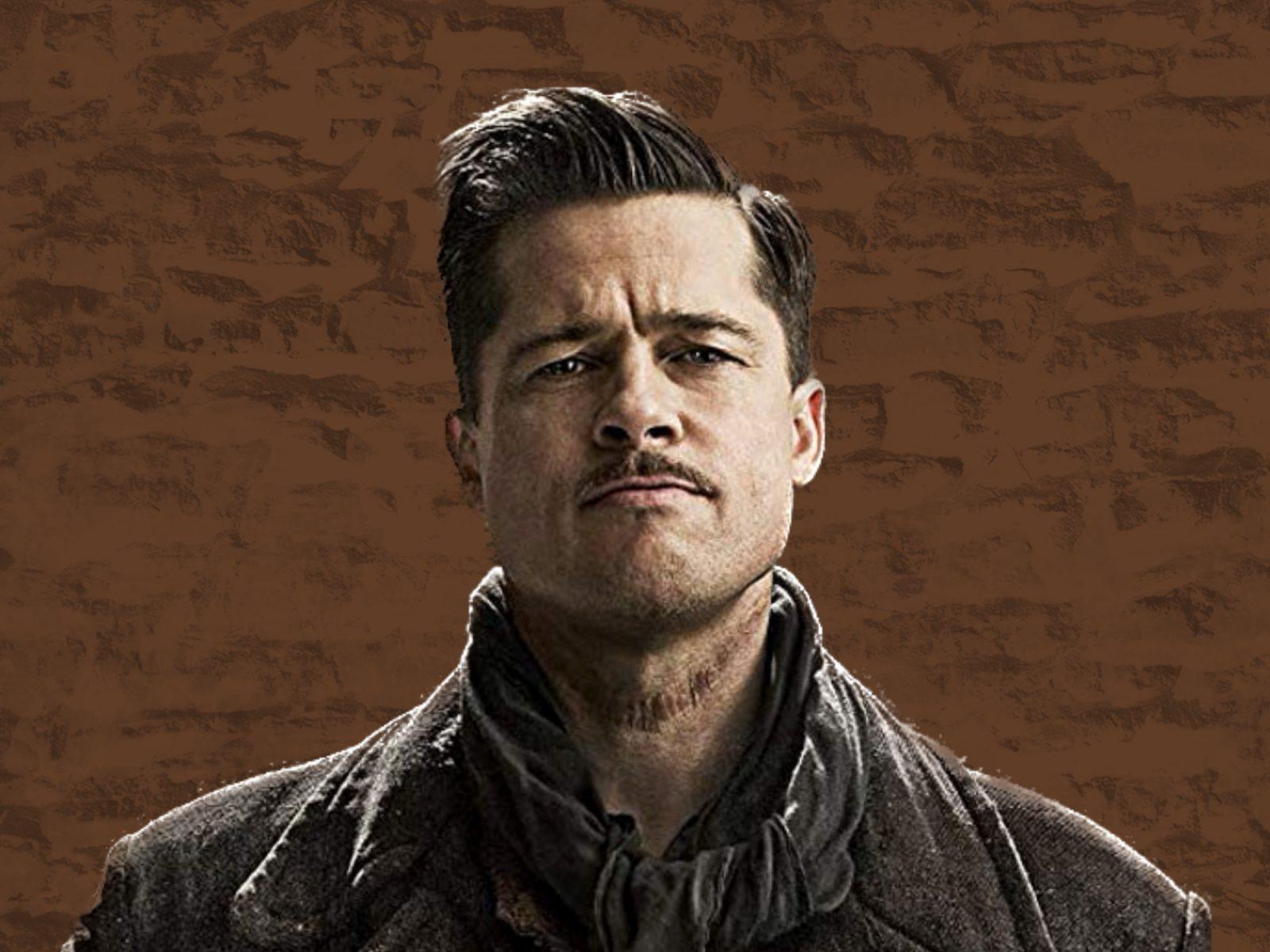
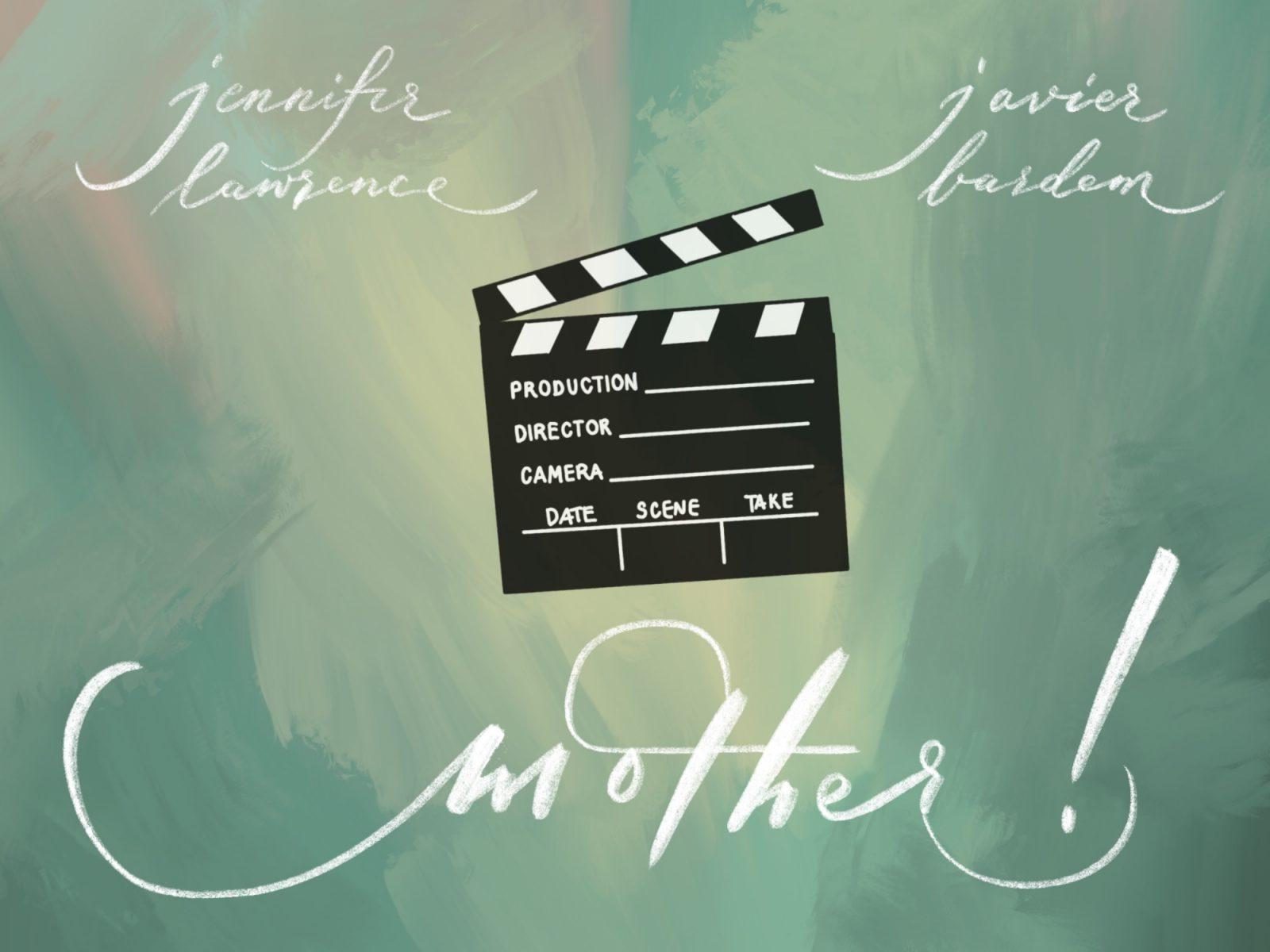
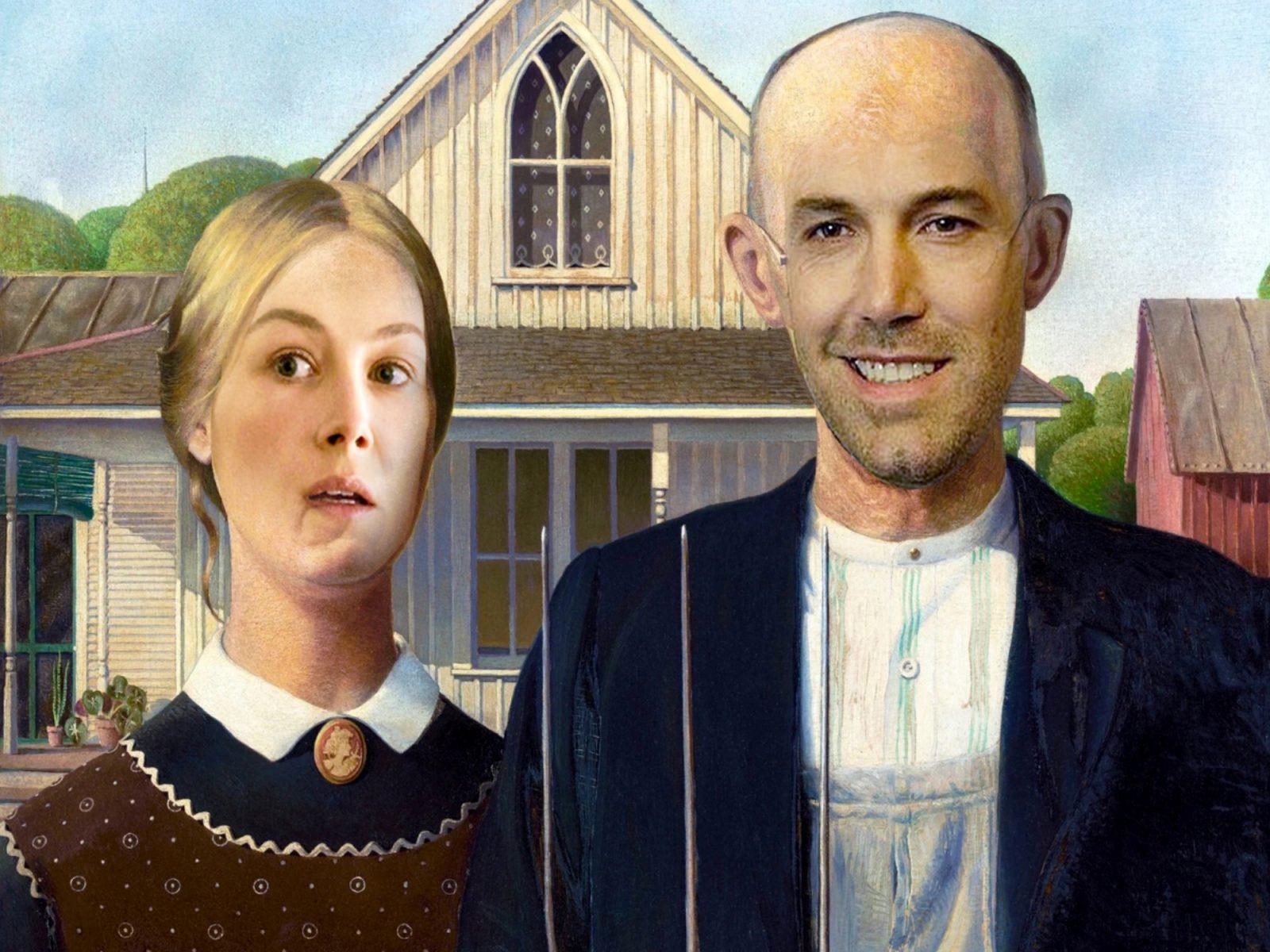




hannah • Feb 25, 2024 at 2:41 pm
one thing about emma is she never misses